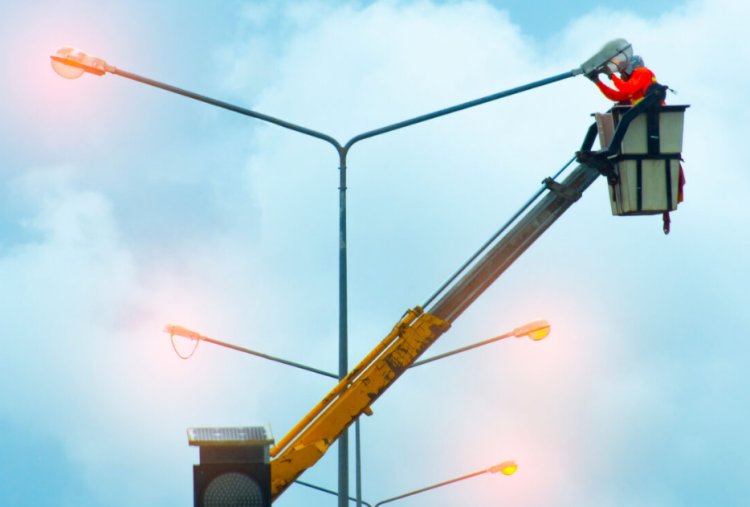How Traffic Loop Detectors Keep Cities Moving
One of the unsung heroes behind smooth traffic flow and smarter intersections is the traffic loop detector — a simple yet powerful technology embedded beneath our roads.

In the age of smart cities and intelligent transportation systems, managing traffic efficiently is more critical than ever. One of the unsung heroes behind smooth traffic flow and smarter intersections is the traffic loop detector — a simple yet powerful technology embedded beneath our roads.
What is a Traffic Loop Detector?
A traffic loop detector, often called an inductive loop detector, is an electromagnetic sensor installed in the pavement at intersections, toll booths, or along highways. These detectors sense the presence of vehicles by detecting changes in inductance caused by large metal objects (i.e., cars and trucks) passing over or stopping on them.
While you might not notice them, these rectangular or square-shaped loops are typically cut into the road surface and sealed with a durable material. Connected to traffic signal controllers, they help manage the timing of lights, reducing unnecessary wait times and improving traffic flow.
How Do They Work?
The magic lies in electromagnetic induction. When a vehicle approaches or stops over the loop:
-
The inductance in the loop changes.
-
This change is detected by an electronic control unit.
-
The system then uses this data to trigger traffic signal changes, collect traffic volume data, or detect congestion.
Think of it as a metal detector built into the road — only smarter and faster.
Why Do They Matter?
Traffic loop detectors might seem low-tech compared to cameras or AI-powered sensors, but they offer some critical benefits:
-
Accurate Vehicle Detection: Especially effective for cars and larger vehicles.
-
Real-Time Data: Helps cities manage congestion and optimize signal timing.
-
Durability: Once installed, they require minimal maintenance.
-
Cost-Effective: Compared to other technologies, loop detectors are relatively inexpensive.
These sensors form the backbone of adaptive traffic systems that adjust signal timing based on actual demand, rather than relying on fixed schedules.
Applications Beyond Traffic Lights
While most commonly associated with intersections, loop detectors also play a role in:
-
Toll collection systems
-
Ramp metering on highways
-
Traffic volume and speed monitoring
-
Parking garage vehicle counting
Their real-time responsiveness makes them valuable across multiple aspects of urban mobility management.
The Future of Loop Detection
As cities upgrade to smart infrastructure, traffic loop detectors are increasingly being integrated with advanced systems — combining their data with camera feeds, radar sensors, and AI-based analytics. This hybrid approach enhances accuracy, identifies different types of vehicles (like bikes and buses), and even predicts traffic patterns.
Still, despite newer technologies emerging, loop detectors remain a reliable, essential component of traffic management around the globe.
Conclusion
Next time you're sitting at a red light and it changes just as you roll up — thank the humble traffic loop detector. Hidden beneath the pavement, these quiet workhorses are helping cities become smarter, safer, and more efficient — one green light at a time.
What's Your Reaction?


















.jpg)
